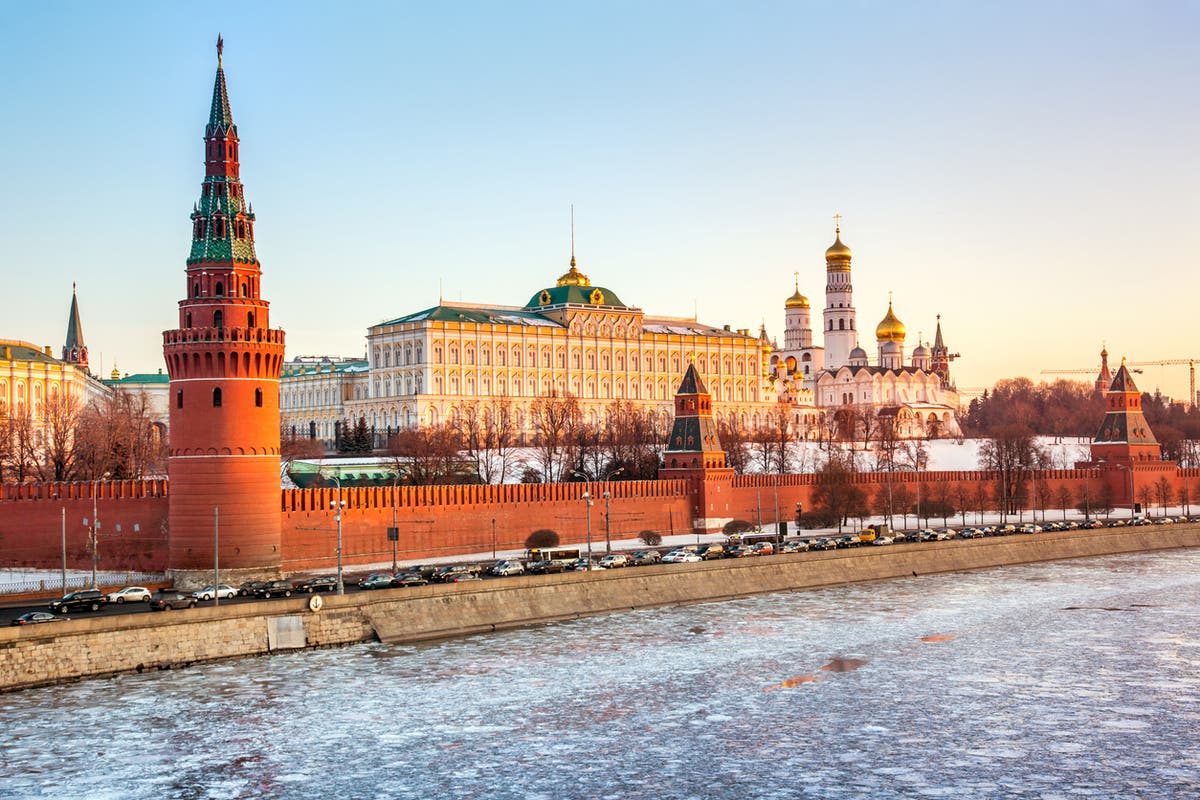11 of the Best Things You Can Plant in Your Garden This September
Summer may be ending, but that doesn’t mean gardening season is, too. Many plants prefer the cooler temperatures and shorter days that come with fall, which means September is a great time to plan a garden refresh.Read more...


Photo: Thomas Bazant (Shutterstock)
Summer may be ending, but that doesn’t mean gardening season is, too. Many plants prefer the cooler temperatures and shorter days that come with fall, which means September is a great time to plan a garden refresh.
First things first: If you haven’t already, it’s a good idea to look up your Hardiness zone on the USDA website. This will help you choose crops that are appropriate for September planting where you live, giving you the best shot at a satisfying harvest come spring (or fall, or even winter). In general, the best candidates for September planting fall into three categories: Fast-growing vegetables, spring harvest vegetables, and fall- or spring-blooming flowers. Here are some great options to get you started.
Radishes

Photo: lunamarina (Shutterstock)
While radishes are typically a spring vegetable, they favor moderate temperatures and grow incredibly fast, making them an ideal fall garden candidate. If you can squeeze in some planting time 4-6 weeks before the first frost, you’ll have delicious radishes in hardly any time at all.
Broccoli

Photo: Marina Yurkova (Shutterstock)
If you live in a warm climate, you might still have time to plant some broccoli. The Old Farmer’s Almanac recommends planting broccoli seeds 85-100 days before the first frost.
Lettuce

Photo: Thomas Bazant (Shutterstock)
Lettuce grows super fast, making it an ideal candidate for a late summer (or early fall) planting. Be sure to choose lettuce varieties that suit fall weather in your region. Lettuce thrives in cool weather, so if September is still pretty hot where you live, opt for heat-tolerant varieties.
Arugula

Photo: OMfotovideocontent (Shutterstock)
According to The Spruce, arugula takes about 40 days to grow from seed, which means you probably have plenty of time to get some going before the first frost. It does best in full sun, so make sure your plants get at least six hours a day for best results.
Spinach

Photo: Joseph Jacobs (Shutterstock)
Fall spinach can be ready for harvest in a few weeks—and if you pick only the outer leaves, your plants can keep producing right through the winter and even into the spring. The Old Farmer’s Almanac recommends choosing a variety with good cold hardiness and carefully thinning the seedlings as they grow.
Kale

Photo: Max_555 (Shutterstock)
Cool temperatures bring out the best in kale, which is hardy enough to survive hard frosts. If your area had an especially hot summer that’s not quite over yet, hold off on planting kale until things cool down—whether that’s in September or even a bit later.
Garlic

Photo: alicja neumiler (Shutterstock)
Growing your own garlic is as easy as planting individual, unpeeled cloves in well-prepared soil. (And then waiting several months, of course.) September is the perfect time to get planting for a late spring or early summer harvest.
9 / 13
Spring onions and shallots
Spring onions and shallots

Photo: Maris Kulis (Shutterstock)
Much like garlic, spring onions and shallots can be planted in the fall for a spring harvest. Depending on your region, you’ll need to protect them over the winter with some mulch at the least; growers in colder regions may need to build low tunnels for more protection.
Daffodils

Photo: rob3rt82 (Shutterstock)
Nothing says spring quite like daffodils in full bloom. These cheery yellow flowers are best planted sometime in the fall—choose a spot with good drainage and full-to-partial sun to keep your bulbs happy.
Asters

Photo: d.svetlana (Shutterstock)
Bright, colorful asters look like Technicolor daisies and are a great way to attract pollinators to your garden. They thrive in warm (but not hot) temperatures, making them an ideal candidate for September planting.
Peonies

Photo: Serhii Brovko (Shutterstock)
Growing peonies isn’t a fast process, but the gorgeous blooms are well worth the wait. Although you can plant them in spring, Horticulture magazine actually recommends a fall planting because it seems to help the plants establish themselves—and bloom—sooner. Always start with bare root peonies and be sure to keep them warm during the winter with plenty of mulch.

 Lynk
Lynk 
































